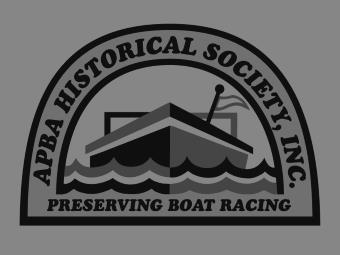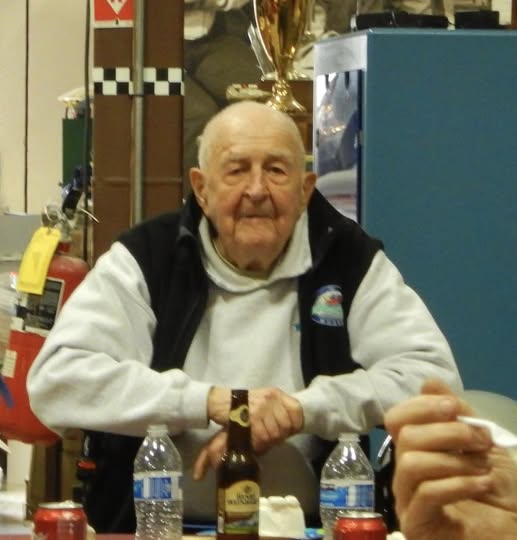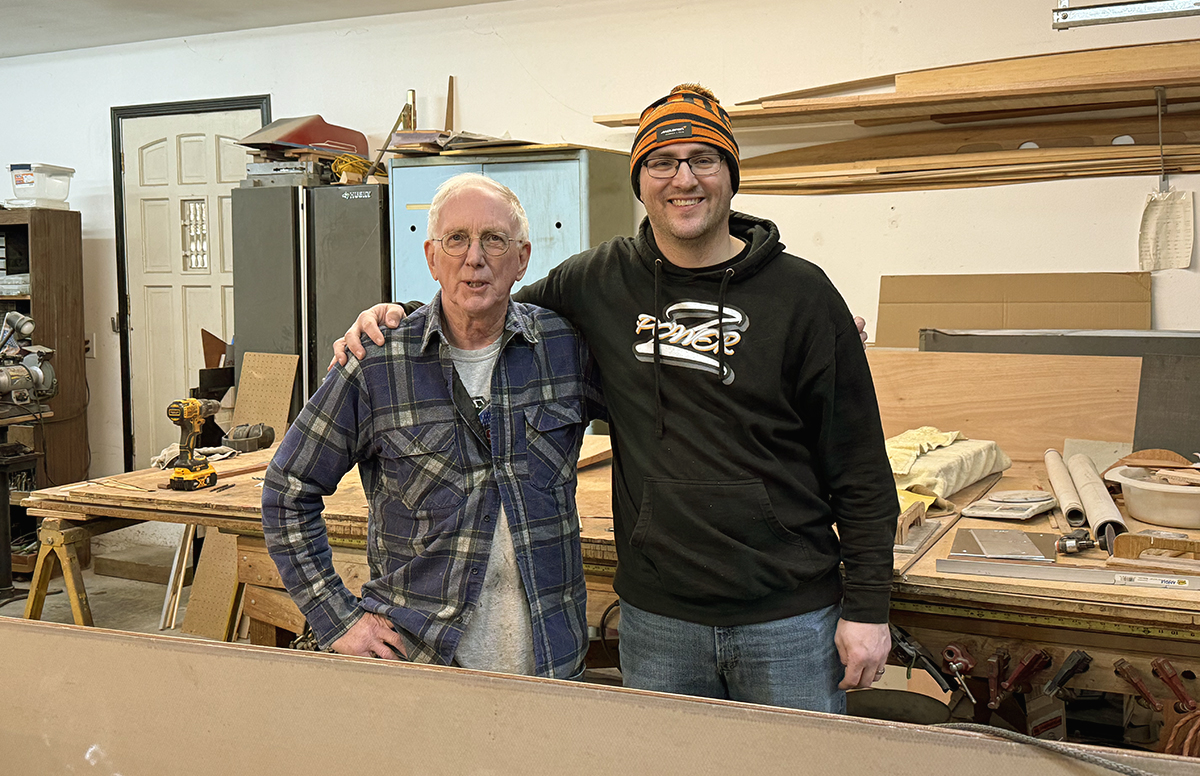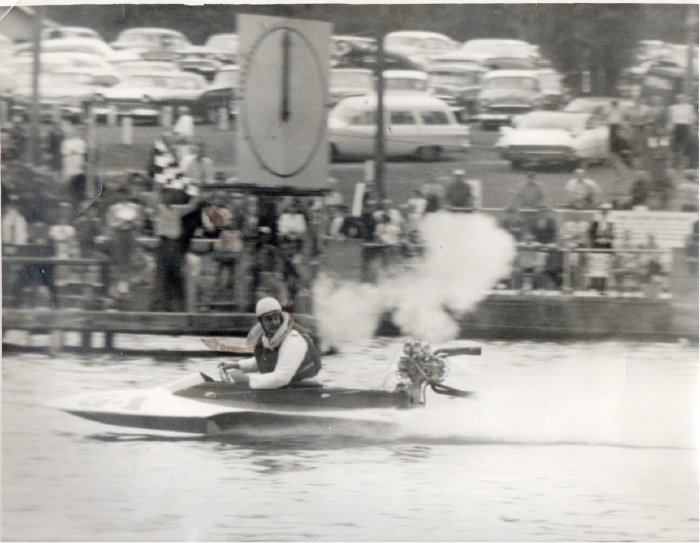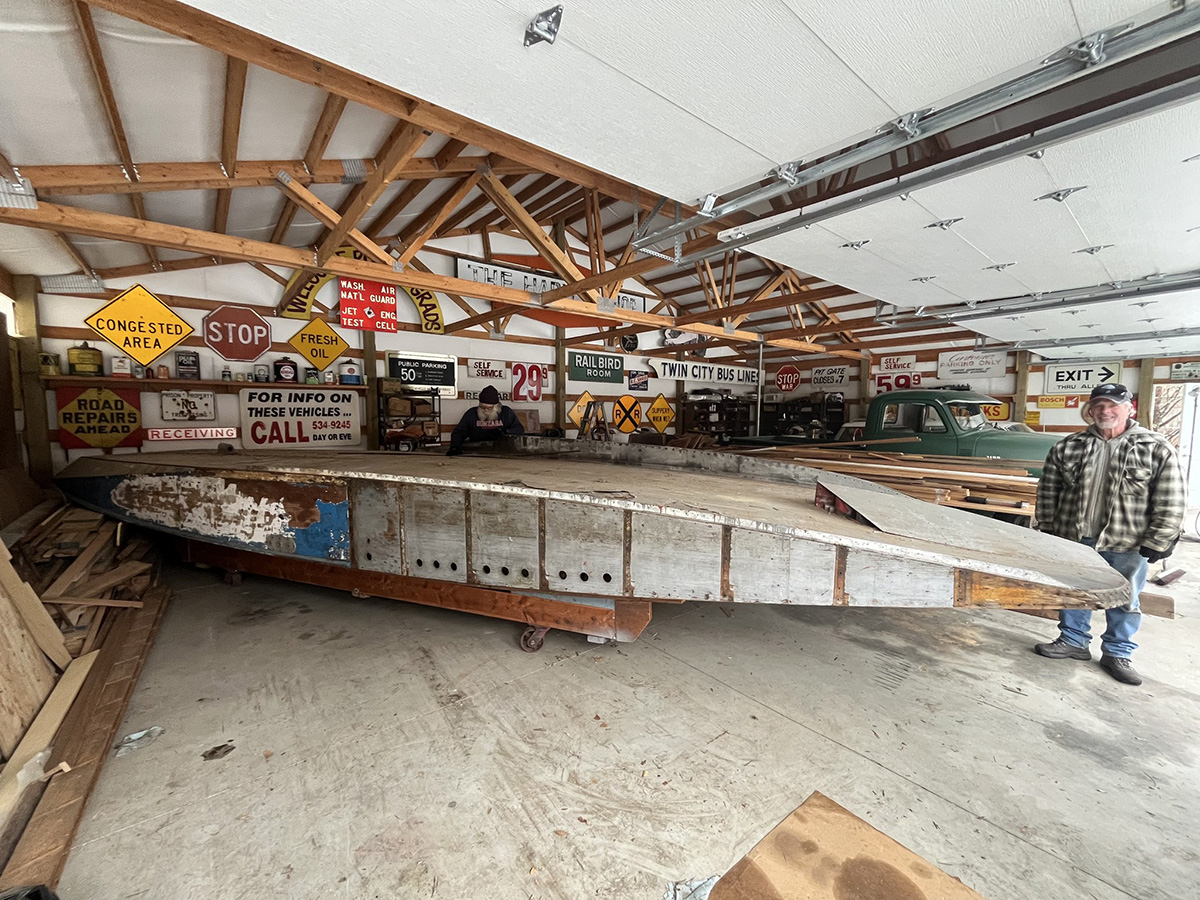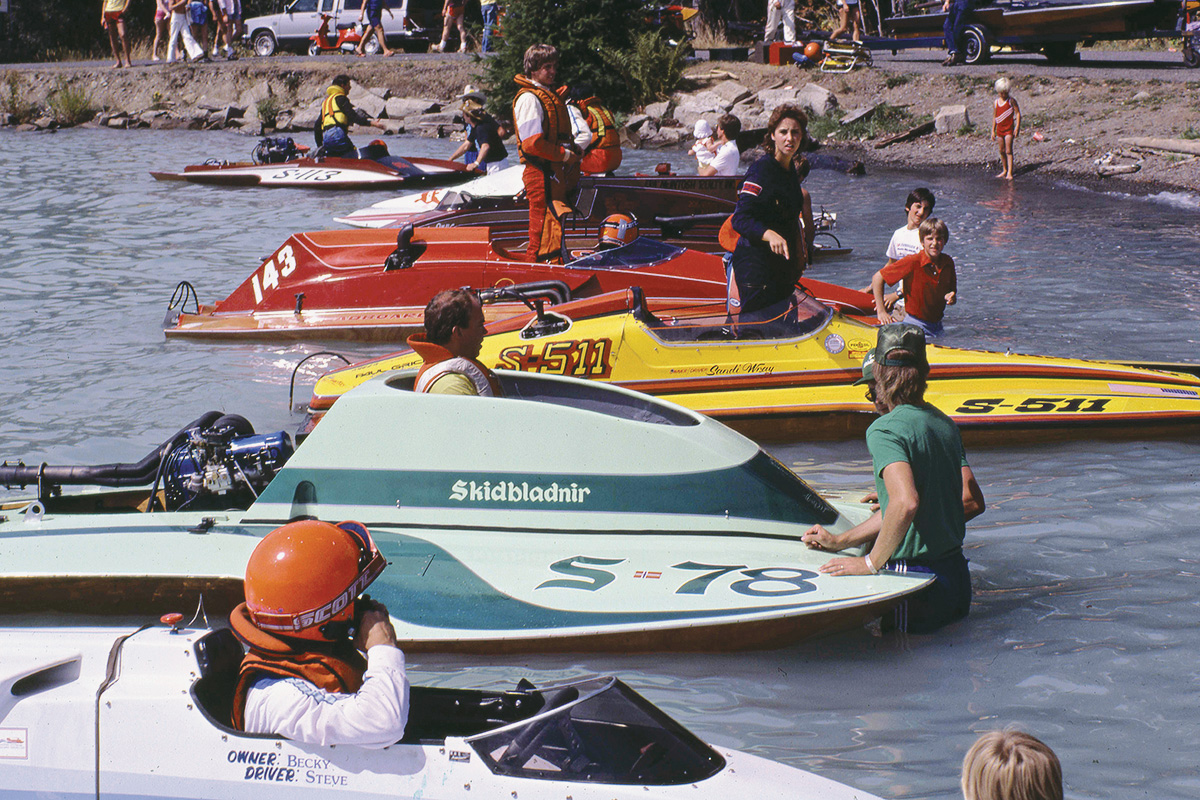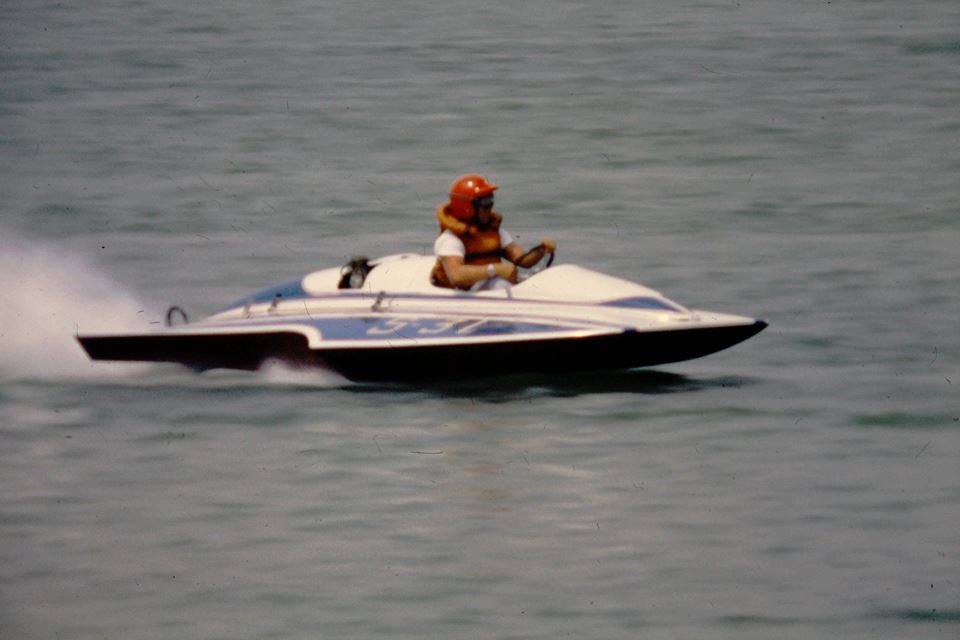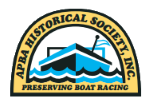Don “Dewey” Anderson
March 31, 2025 - 10:13pm
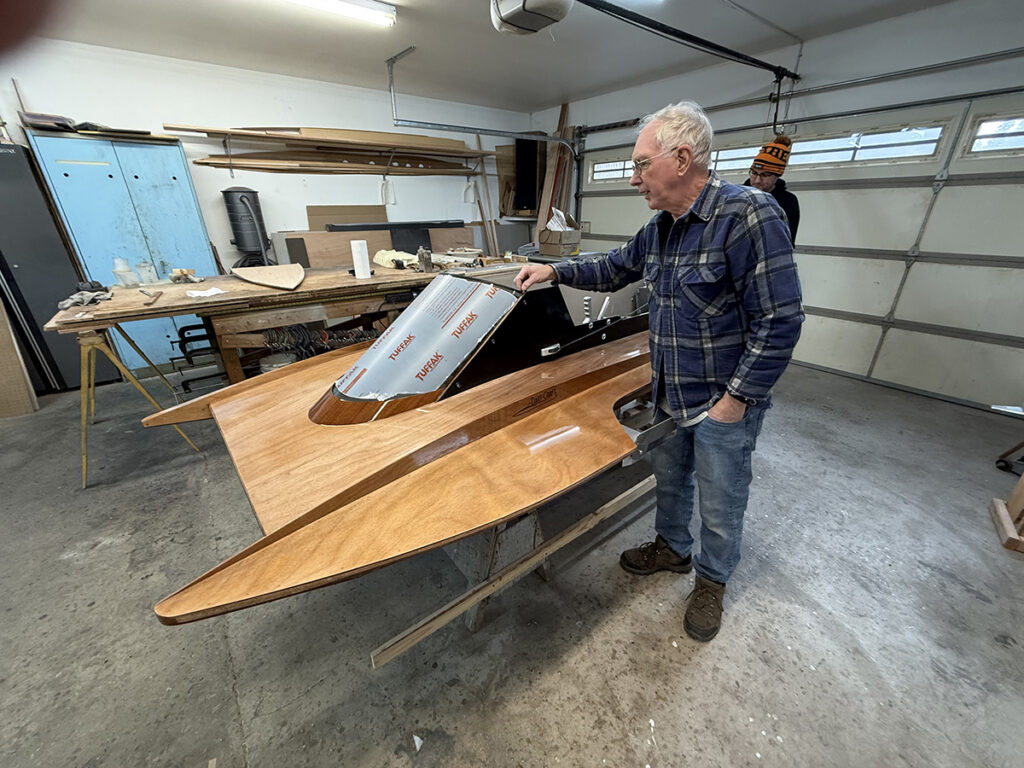 Don “Dewey” Anderson. Photo by Gleason Racing Photography
Don “Dewey” Anderson. Photo by Gleason Racing Photography
Don “Dewey” Anderson, the Man behind DART Craft
By Craig Fjarlie
Don Anderson, known as Dewey to his friends, has been associated with boat racing most of his life. He is the younger brother of Ron Anderson, who also has had a lifelong involvement with racing.
Dewey was born on June 5, 1945, in Port Angeles, Washington, which is located at the top of the Olympic Peninsula. “My father was stationed in the Coast Guard at Ediz Hook,” he explains. “My mother’s parents were there. They lived in Seattle originally. After they were married, the family moved to Port Angeles and everybody has been there since.”
Ron and Dewey became involved with a local wildcat outboard racing club. “That’s where we first met Bob Montoya,” Dewey remembers. “I had to be in high school, so it was around 1960. They had a Standard class, which was either a Hot Rod or Champion engine, or a Mercury with a standard lower unit. That’s what I originally started racing with.”
Soon Ron, then Dewey, moved into APBA racing. “I had built a Hal Kelly Foo-Ling runabout, and got a 20-H,” Dewey remembers. “Ron didn’t like it very well, so he started running hydros while I ran runabouts. When that boat got sold I had a Foti boat, and then I bought Lee Sutter’s old white bathtub Sid from a guy in Canada. That was a pretty good boat. Then I tried building another boat for myself. Turned out to be kind of dangerous, so I got rid of that,” he laughs. “A guy by the name of Bill Allen was racing at the time. He wanted a B boat, and he really wanted that boat. He was going to trade me a ‘47 Ford four door coupe for that boat. I wouldn’t do it; thought I’d rather have the boat than the car, which was probably a mistake.”
Next, Dewey and Al Greathouse each bought boats from Clark Maloof. Before long, however, Dewey decided he should build a different boat. “I was actually working for Ed Karelsen at the time,” he recalls. “I built a runabout in his shop in my spare time. I drew up the plans and built the boat. It was a project for a class I was taking at the University of Washington. I graduated in August of that year. Took the boat down to Lake Lawrence, and with Lee Sutter driving it in 25SS Runabout, they set a world record. I got a B for the project because I didn’t use a Fortran computer to design the boat. After they did that, I took the certificate down to the University to meet the professor. ‘Look what I got!’ He didn’t care.”
Dewey first attended Peninsula Junior College, then transferred to the University of Washington. “I went into chemical engineering. I couldn’t go into mechanical engineering because Ron was doing that, so I had to do something else. Besides, I was interested in chemistry. After I graduated from the University, I went to work for Boeing. That was in 1967. In 1969 Boeing took a dive and I got laid off in 1970. Went back to the University of Washington and got another degree in industrial engineering.”
Dewey went back to work for Boeing in 1973, and was married in 1974. During his first period of employment with Boeing, before he was laid off, Dewey worked in Manufacturing Research and Development, MRD. “They were doing composite work, so they thought if I had a chemical degree it might help me do some of the stuff for composites. The first composite part on a Boeing airplane was a flight sorter on a 737. I was the one who did all the manufacturing of those parts when they were developed. A guy by the name of Reed June was the one who started the program. I got into helping him build the parts. Learned a lot about how composites work by building those parts.”
Dewey explains the differences between composites used on boats as opposed to aircraft in those years. Ron Jones did early work with composites on race boats. “What he pioneered was typical composite work with lay-ups, but he supplemented part of the process with vacuum bagging. That just makes the material a little more consolidated, gives better physical properties and it gives you a better finish on both sides of the composite part,” Dewey explains. The work at Boeing also used autoclaves. “He (Jones) didn’t use the autoclave stuff. He was still using room temperature. He was usually using vinylesters and polyesters. We were using epoxies.”
Dewey first encountered composites in race boats when he was working with Ed Karelsen. “Ed’s brother, Dave, was building composite boats back in the early ‘70s. He was using PVC foam and fiberglass and putting it into molds and forming those parts in the molds. That’s the first I had seen that done. To me, that was pretty interesting. Ed didn’t do it that way. He just kept building them out of wood or honeycomb panels or aluminum honeycomb panels. He later got into building composite boats out of the fiberglass panels, the bottoms and cockpits. He kind of used it like thick plywood.”
Dewey competed in B Stock Runabout with the Mercury 20-H for several years. Then his brother, Ron, was laid off from Boeing and went to work for Mercury Marine. “Ron was still doing the alky stuff and they started running M Hydro. “Ron helped me build an M Hydro engine, but they didn’t have runabouts—only hydros. So, I had to build myself a hydro. I ran M Hydro at the Nationals in ‘71 or ‘72, and then I ran M Hydro in Louisiana; got second in a UIM race there.” At about the same time, Dewey began building boats for other racers, especially for the 25SS class. “I built some for Tom Twyman, John Hegenberger, Mike Jones, and Wayne Peeters.” Dewey raced through 1975, then began to concentrate more on building boats, mostly using wood. “Built a D Hydro for Tom Twyman, did a lot of repair stuff, built boats for Howard Shaw and other people around here.”
Dewey’s boats are known as Dart Craft, and the way the name came about is an interesting story. “When we were in high school, we had a group of friends. We were all racing at that time. Everybody called Ron ‘Dumb Andy.’ We formed a group called Dumb Andy’s Racing Team, DART. That’s where Dart came from. Later on, when I built boats, Steve Vincent was the one who started that. I have a plaque that he sent to me, it says ‘Thanks for the Dart Craft.’ He made me hats that had a dart on it that said Dart Craft. So, from then on, I started calling them Dart Craft. Now I have an LLC that I use for business, called Dewey Anderson Racing Technology; it’s still DART.”
Ron Anderson moved to tunnel boats, and Dewey began working on them, doing hull repair as well as work on propellers. “Ron was helping the Wood brothers with their Sherwin Williams Race Team. They were always winning, so that was nice. Went down to Louisiana. They broke the boat in Mexico and they flew me down to Lafayette to go to a guy’s shop and fix the boat.”
Although Dewey stopped racing boats, he later became involved with Go Cart racing. “I got involved with that because of Steve Vincent, Chip Hanauer, and Larry Oberto, back in about 2002. I still have a cart that belongs to Larry. I started running one of Larry’s carts with a KT-100 Yamaha engine on it. I ran that for a while. I didn’t have the car racing stuff down. Everybody thinks they’re a car racer, but it takes time. It turns out that like almost anything, even boat racing, the amount of time you spend in the vehicle is definitely proportional to how well you do. I have to thank Steve Vincent. I was racing with him and got my first trophy because he backed off at the start-finish line and let me go across. I got third. I still have that trophy. Once I got that trophy, it was easier. I understood this a little more.” Dewey eventually became President of the Seattle Carting Club, but while he was in that position, the person who was actually running Seattle Carting Club had a falling out with Evergreen Fairgrounds, and the carts could no longer run on their racetrack. As a result, Seattle Carting Club folded, but there are other carting clubs in the Pacific Northwest.
Dewey also had a brief interest in model airplanes. He flew planes that had a U control, that is, strings attached to the plane and a handle that the operator controls, rather than radio control. While at Boeing, he bult a human-powered submarine for the University of Washington. “The canopies come off and they put two people in the thing, one to crank, to power it, the other to steer. Of course, they’re in SCUBA gear; it wasn’t watertight. They dd really well. They were invited down to the Naval Station in San Diego in a tank. They were running at top speed. They ran the second fastest speed, but their circuit broke. When they ran it, the nose was down at the bottom of the tank. If they could have gotten it up off the bottom, they would’ve gone faster. Turned out it was the ballast in the thing that was screwing up.”
In 2012, Dewey retired from Boeing, but the year before he retired, he was named Engineer of the Year in his division, Engineering Operations Technology. In the years since, he has continued to build outboard hydroplanes and runabouts. He has been active in the J Hydro project at the Hydroplane and Raceboat Museum in Kent, Washington. He also has built boats for Lee Sutter and J. Michael Kelly. Although he is a few months shy of turning 80 years old, his most recent boat is a new C Stock Hydro for Kyle Bahl.
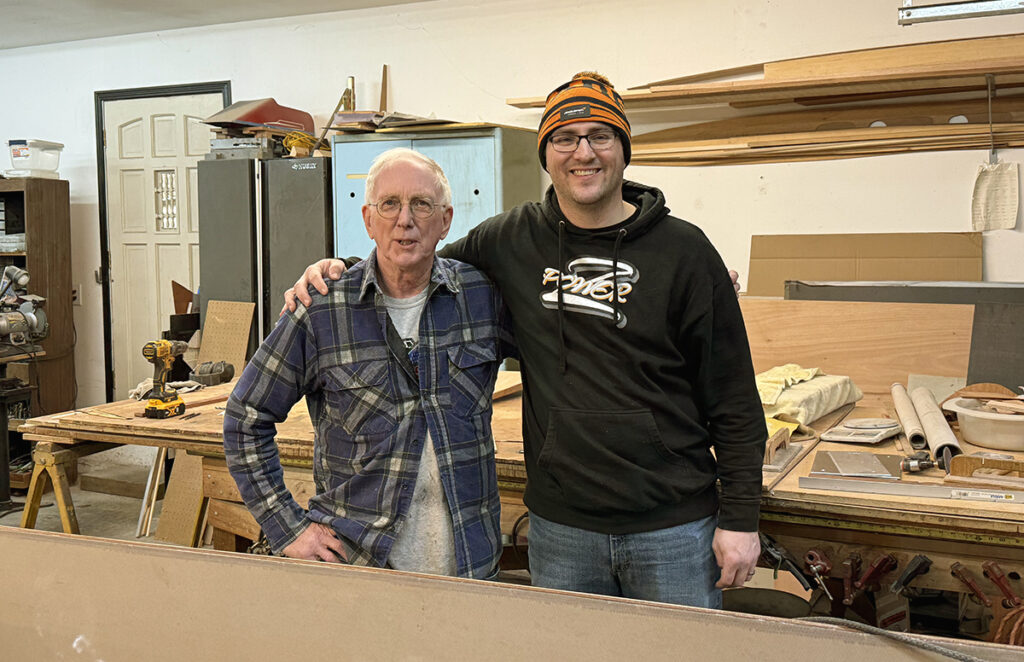
Dewey and Kyle Bahl with the C Stock Hydro that was nearing completion. Photo by Gleason Racing Photography
Looking back, he offers his thoughts on all his years in racing. “I like going to boat races, because of the people. People who do different types of racing are doing what they enjoy, so they’re fairly happy. Boat racing is fun, and so is car racing and cart racing.”
Featured Articles
